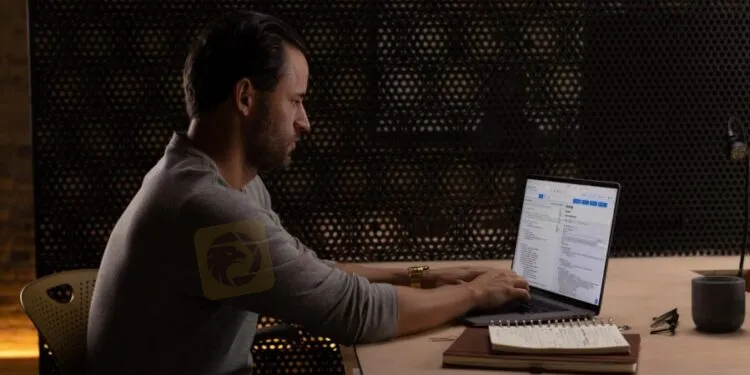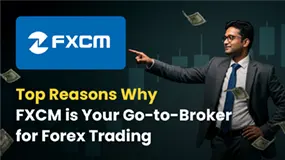简体中文
繁體中文
English
Pусский
日本語
ภาษาไทย
Tiếng Việt
Bahasa Indonesia
Español
हिन्दी
Filippiiniläinen
Français
Deutsch
Português
Türkçe
한국어
العربية
Starting Forex Trading: Setting Up an Account
Abstract:Without intending to say anything obvious, this series of articles are set for beginners. In other words, if you have never made a single forex trading in your life, you won’t know how to set up a trading account!

The good news is that the part is very simple and simple, but nevertheless, I compiled a step-by-step guide to get started.
Step 1 – Find a broker.
You need to find a broker that suits your trading style. If you need help, there is an article on how to find it and what to pay attention to. In addition, if there is no time to directly investigate the platform.
Step 2 – Select a transaction account.
Please determine the type of trading account you want to open. Some are small with low minimum trading account balance requirements, and some are for more skilled traders.
Step 3 – Application form.
Now you have to fill out the application form on the broker website. The information required varies, but generally includes a name, address, contact information, and date of birth.
You may also have to talk a little about financial conditions such as monthly income, employment status, and trading experience. Again, each forex broker will be slightly different.
Stage 4 – Confirm your identity
Before you complete the registration of your forexe account, you must prove who you are. Most forex brokers only need a scanned copy of their passport or resident registration card.
Some may require a scanned copy of a utility bill or a letter with your name and residence address. It should generally be within a certain period of time (e.g., within 6 months).
Step 5 – Log in.
Suppose you have received confirmation almost immediately (generally). You can now access your new forex trading account using your login information.
Step 6: Deposit the funds into the transaction account.
You can now deposit funds into the transaction account. The payment methods provided are generally very standard and include: Debit/credit card, bank transfer and electronic wallets such as PayPal and Apple Pay.

Disclaimer:
The views in this article only represent the author's personal views, and do not constitute investment advice on this platform. This platform does not guarantee the accuracy, completeness and timeliness of the information in the article, and will not be liable for any loss caused by the use of or reliance on the information in the article.
Read more

Top Reasons Why FXCM is Your Go-to-Broker for Forex Trading
A revered broker name is what you want to associate with being a forex trader. Fortunately, you have plenty of such names on WikiFx where the best forex brokers and regulators are listed to ensure your transaction is genuine. One such name is FXCM, a regulated forex broker in the United Kingdom (UK). Let’s check out more details about FXCM through this article.

Scammers Use AI to Fake Lim Guan Eng’s Support for Investment Scheme
A fake video showing former Penang Chief Minister Lim Guan Eng promoting an investment scheme has started spreading online. Lim has come forward to say the video is not real and was made using artificial intelligence (AI).

IronFX: A Closer Look at Its Licences
In an industry where safety and transparency are essential, the regulatory status of online brokers has never been more important. For traders seeking to protect their capital, ensuring that a platform operates under recognised and stringent oversight can make all the difference. Keep reading to learn more about IronFX and its licenses.

Spot vs Forward Contracts - Which Should You Choose?
Mulling foreign exchange contract options - Spot vs Forward - to begin or consolidate your trading journey? Read this comprehensive guide explaining the differences between spot and forward contracts. You can select better using it.
WikiFX Broker
Latest News
OctaFX and XM Trading Platforms to Be Blocked in Singapore
Nonfarm Data Lifts Market Sentiment, U.S. Stocks Rebound Strongly
ATFX Opens New Office in Cape Town's Portside Tower to Expand in Africa
Tighter Scrutiny: Finfluencers Face Global Crackdown Amid Rising Risks
Interactive Brokers Enhances PortfolioAnalyst with New Features
IronFX: A Closer Look at Its Licences
Eid ul Adha Celebration Continues – Grab the STARTRADER Offer Now!
2025 Broker Real - World Reviews: Share Your Insights & Grab Thousands in Rewards!
WikiFX Forex Community Expert AMA
Interactive Brokers Enhance Account Security with FDIC Coverage
Currency Calculator


